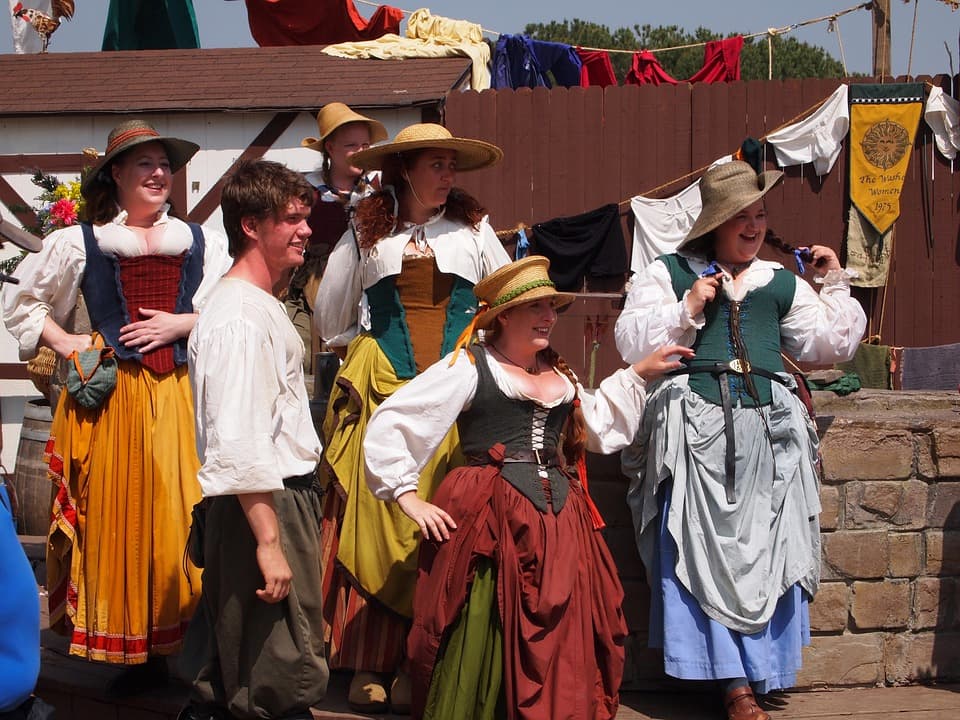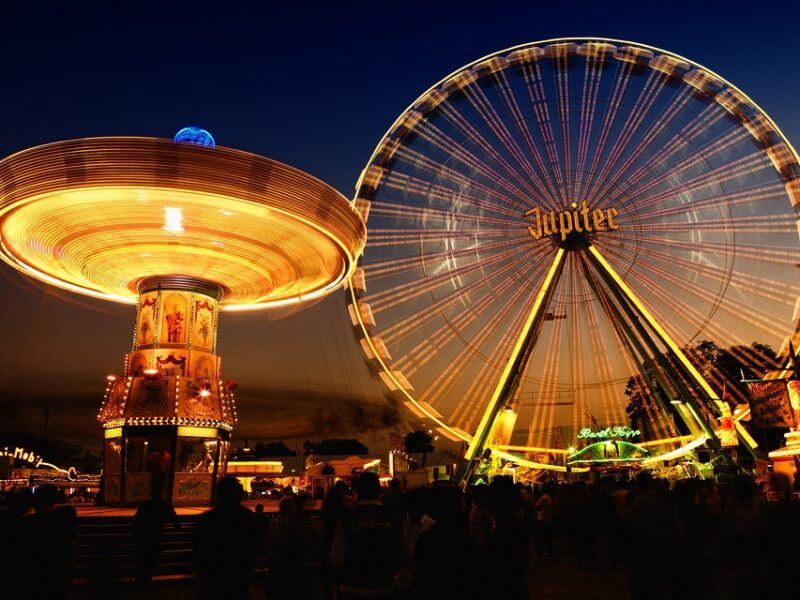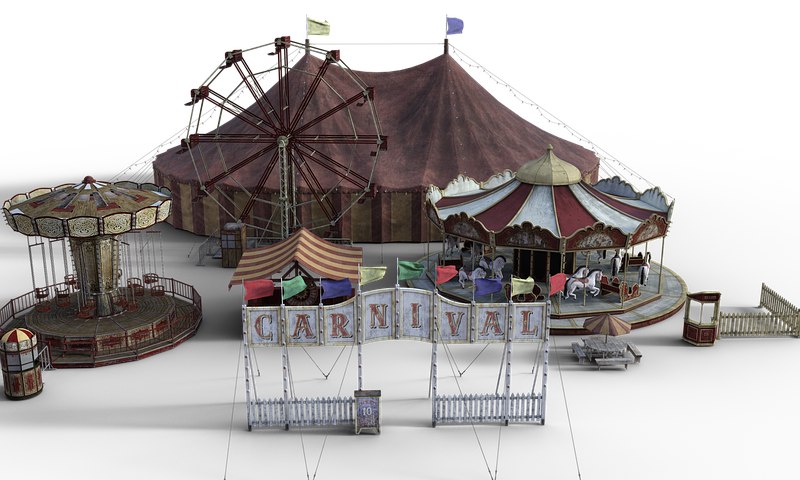One point of interest about medieval European culture is fair trade-a cross-cultural exchange that was common at the time. The origin of fairs is difficult to pinpoint at this current historical moment. Many people mention that some fairs date back to ancient Rome or the early Middle Ages, but this is not true. Fair trade was a real phenomenon since 1123 till 1221.
The European economy during the XIII-XV centuries. was largely split into two parts – the South (Mediterranean), and the North, which is to say, Hanseatic League. Italy’s leading Mediterranean ports acted as magnets, attracting trade and economic activities from the nearby coastal regions.
Neither of the zones were self-sufficient and would have benefitted from interactions with one another. The dialogue of cultures began with the occurrence of intensive trade of commodities, but above all it is characterized by the transfer of values, when trade relations are stimulated by borrowing practices, the growth of cities begins and a communication system is formed in Europe. One of the first areas where you can see an interaction between Northern and Southern Europe was through the Champagne region’s international fairs. Fair Trade made a comeback in the crisis of the road system, however it was preceded by a period of confusion and unrest. Once Europe has come out of these dark days, fair trade will flourish and become an accepted form of reciprocity for many.
There were many communication problems in medieval Europe; some people didn’t even speak the same language. Creating a single European market could offer potential solutions to this, As well as the discussion and resolution of any security issues at the international level, these are extremely important for a deeper understanding of the phenomenon of the emergence of proto-capitalist relations, as well as processes such as intercultural interactions.
Economics researchers have identified several factors that contribute to the creation of large fairs. These include an intersection of major trade routes, fertile soil, and a favorable geographical position. Trade fairs can also lead to the prosperity of nearby settlements. All of this flows from the idea that cities next to trade routes have many opportunities for growth.
The success of Champagne, France’s northeastern region, can be attributed to its key geographical location. Being in the center of major trade and commerce routes, it was able to become an important trading post. Exploring the issue of intercultural interaction, it’s easy to see how the following circumstance played a part in the rise of the champagne trade. The County of Champagne until the beginning of the XIV century. was not part of France and was independent, representing a neutral territory that combined all the necessary conditions for an active exchange of goods, since in this case, thank goodness a rosy future.
One reason for the fair’s birth was social motives such as coinciding Christian holidays or city events. The first fair, timed to coincide with a important holiday, created in Saint-D.
Thirdly, there’s the location of a region with a narrow specialization. This is usually in terms of the production of certain categories of goods. These areas attracted special attention, such as Lille and Ypres which were centers for cloth-making or Lucca which was the largest exporter of silk.
The importance of consent is that if the feudal lord doesn’t agree the auction can’t go ahead. It’s important to make sure they’re on board with it before doing anything, as if they refuse there’ll be consequences, medieval fairs have existed since the birth of feudalism in the 11th-12th century, and only then thanks to Northern Italian cities. Communal revolutions are born from this phenomenon, The cities liberated themselves and became independent.
Summing up the main ideas of the above, we will mention factors that contributed to creation of the largest European fairs of the old times. One of the thing we can tell from a city’s coat of arms is where it is located and the main trading routes. This would also include permission from authorities to hold fairs, details about its economic specialization, and as an extra something, its coat of arms, social factors can be noted, such as coinciding with religious or urban events.
To cover this in more detail, take a look at the realities of the communications network between European cities around the 11th-12th centuries. All medieval routes can be conditionally divided into three categories: those which were primarily land roads, those which followed water routes, and unpaved mountain passes. Land roads were most useful for carrying troops over long distances rather than carrying goods from place to place. When times are tough, people start to trade less. That has a huge impact on the economy. Plus with so many robberies at this time and destruction of roads, people were scared to travel which only exacerbated the problem. Eventually, trade fairs started in Chieri and Milan-Siena in order to get business moving again.
Rivers were an alternative to land-based transport during the feudal period of Japan. This was because water routes offered an efficient means of communication and also gave inhabitants a way to use tributaries, tides, and even the many bridges which adorned them. These factors made rivers appealing as they were much less dangerous than roads.One of the quickest examples of this intersection is in the cities of Champagne where both water and land meet.
The third route, the sea, was a major factor in European development. Port cities were main centers of trade and flow of goods throughout the continent. It was typically observed that anything with a relationship to shipping would make its home there. Our first few cities to talk about are Ghent, Venice and Genoa.
It’s important to emphasize the connection between fair trade and the lack of a single space. In this case, you can see how the entire economy of Europe was fragmented, the medieval fairs were independent from each other, and some of which can be classified as a “local market”.
One could also argue that all the cities in Europe have been placed randomly on the map and are not related to their geographic location at all. The specific locations of the fair cities are in certain regions, and buildings within each group are not separated by significant distance from each other. It is very important for understanding their meaning. The terms seasonality is often used with the concept of a fair, which requires clarification. A fair would visit a number of cities and would eventually move on to another settlement so trade wouldn’t be put on hold for too long.
The Fair is a kind of traveling city. It brings all the traders to one place, so you can go and trade whenever you need to. The use of the term “revolution” to describe these cultural changes in the XIII-XV century. was quite an appropriate use considering that trade and cultural exchanges were common throughout Eurasia. Thanks to the new communication system, the Europeans achieved a reduction in transport costs which led to an increase in trade volumes, the primary accumulation of capital and as a result, the emergence of proto-capitalist relations.



